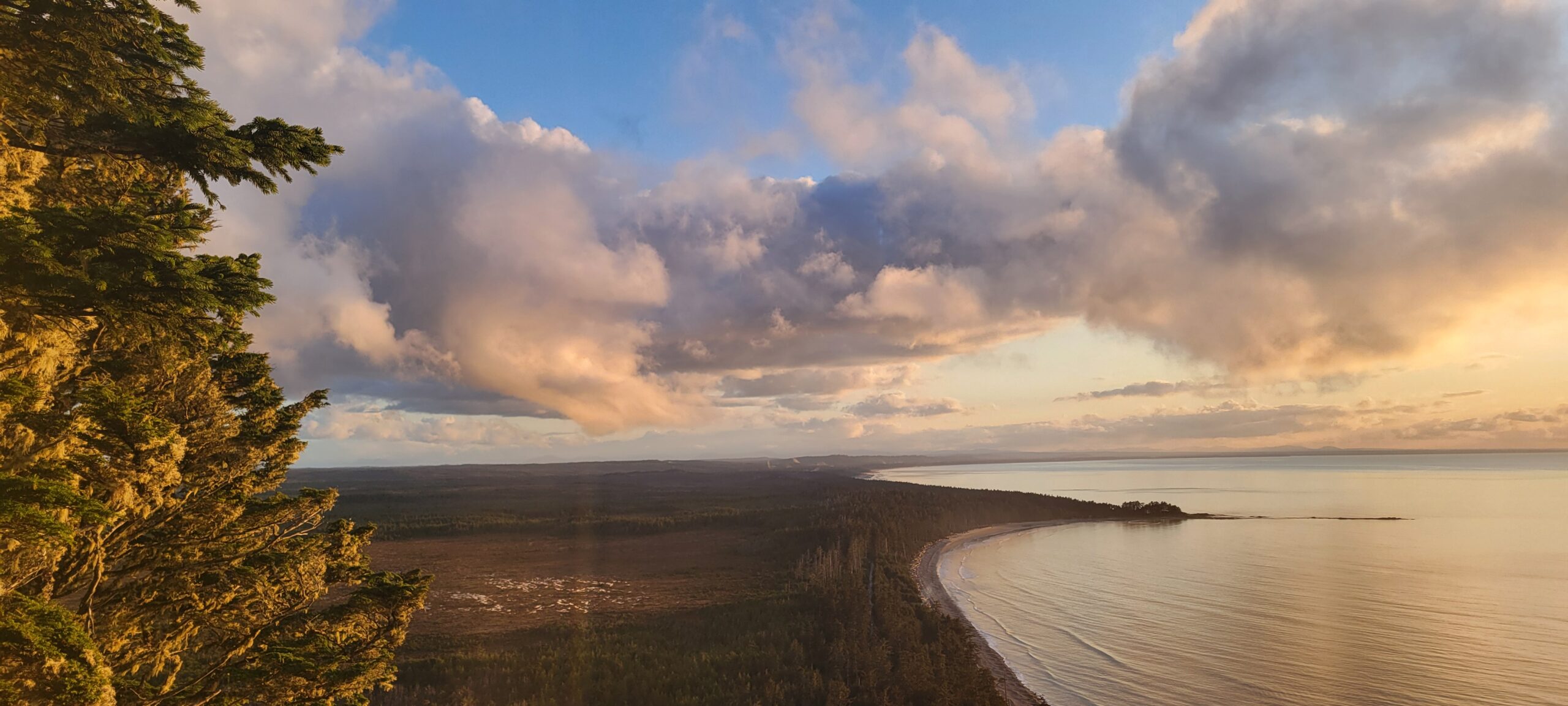Great Bear Rainforest Agreement
Overview
The traditional territories of CFN member First Nations are located in what’s known today as the Great Bear Rainforest—one of the largest temperate rainforests left on Earth.
The 6.4-million-hectares region is home to 26 First Nations, and a true ecological and cultural treasure that features abundant wildlife and vast carbon-absorbing forests. These largely intact coastal ecosystems are home to diverse species, including grizzly bears, the highly unique white Spirit Bears, and up to 20 percent of the world’s wild salmon.
For decades this region was at risk from unsustainable logging and other forms of development. In 2006, coastal First Nations teamed up with the BC government, environmental groups and forest companies stood together to announce the Great Bear Rainforest Agreements—the result of more than a decade of collaborative work and planning.
Updated and formalized a decade later as the 2016 Great Bear Rainforest Land Use Order and Great Bear Rainforest (Forest Management) Act, this historic agreement developed a framework for co-management that put decision-making power back in the hands of First Nations. It set a high bar for resource management that will conserve 85 percent of the forest and 70 percent of old-growth forests over time.
Deep Connection to Land and Sea
Watch The VideoEcosystem Based Management
The GBR agreement preserves vast coastal forests but it is not solely focused on conservation; it includes a commitment to sustainable logging in select areas that will preserve the forest for future generations and harvests, while supporting local jobs and strengthening the region’s communities today.
The agreement also ensures the protection of culturally modified trees and other examples of First Nations’ cultural heritage—setting a precedent for other stewardship initiatives across the country and beyond.
First Nations across the North and Central Coast and Haida Gwaii are employing this same ecosystem-based management (EBM) approach for marine planning as well, formalized through the Marine Plan Partnership. When combined, the Great Bear Rainforest and Marine Plan Partnership form the largest land and marine ecosystem in the world to be managed using the EBM approach.
“The Great Bear Rainforest agreements are ground-breaking because they are based upon ecosystem-based management principles, which aim to protect ecological and cultural areas while simultaneously striving to improve the cultural, social and economic well-being of local communities, both First Nation and non-First Nation.”
– Christine Smith-Martin, CEO, Coastal First Nations-Great Bear Initiative
Explore more stories:
Resources
CFN produces a wide range of reports, fact sheets and other publications. Check back regularly, as we will post new resources here.












